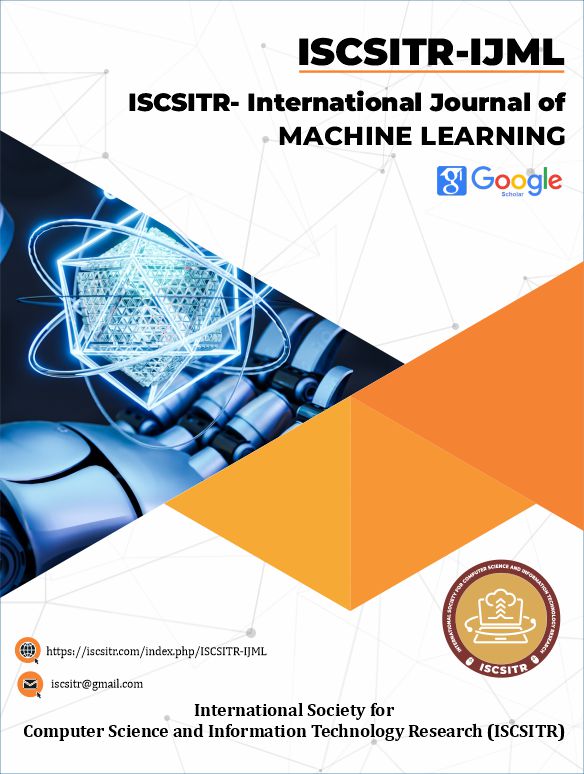A Comprehensive Survey on Recent Advancements in Machine Learningfor Cybersecurity Threat Detection and Prevention
Keywords:
Machine Learning, Cybersecurity, Threat Detection, Deep Learning, Federated LearningAbstract
Cybersecurity threats have escalated in complexity and frequency, necessitating robust and intelligent detection and prevention mechanisms. Machine learning (ML) has emerged as a pivotal technology in addressing these threats by providing adaptive and scalable solutions. This paper presents a comprehensive survey of the latest advancements in machine learning for cybersecurity threat detection and prevention, with a focus on studies conducted up to 2024. We review state-of-the-art methodologies, highlight existing challenges, and discuss future research directions. Our findings indicate that deep learning, federated learning, and adversarial ML are at the forefront of cybersecurity research, offering promising solutions against evolving threats.
References
Tavallaee, M., et al. (2009). "A detailed analysis of the KDD CUP 99 dataset."
Goodfellow, I. J., et al. (2014). "Explaining and harnessing adversarial examples."
Shone, N., et al. (2018). "A deep learning approach to network intrusion detection."
Yin, C., et al. (2019). "A deep learning approach for intrusion detection using recurrent neural networks."
LeCun, Y., et al. (2015). "Deep learning."
Mirsky, Y., et al. (2020). "CT-GAN: Malicious tampering detection via deep learning."
Papernot, N., et al. (2016). "The limitations of deep learning in adversarial settings."
Liu, W., et al. (2021). "Federated learning for cybersecurity."
https://iscsitr.com/index.php/ISCSITR-IJML 6
Brown, T., et al. (2020). "Language models are few-shot learners."
Lin, W., et al. (2022). "Enhancing malware detection using transformer networks."
Downloads
Published
Issue
Section
License
Copyright (c) 2025 Robert joe Williams (Author)

This work is licensed under a Creative Commons Attribution-NonCommercial 4.0 International License.

